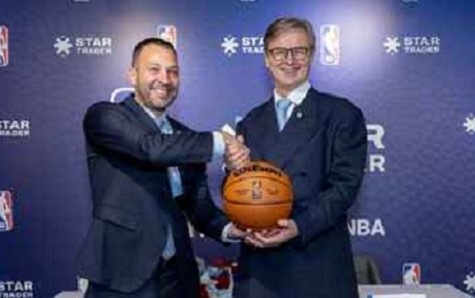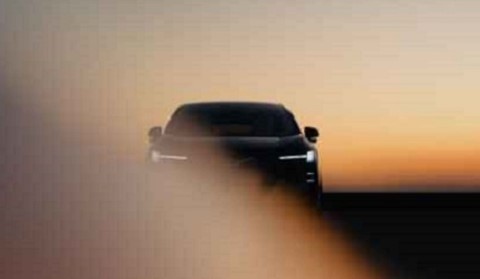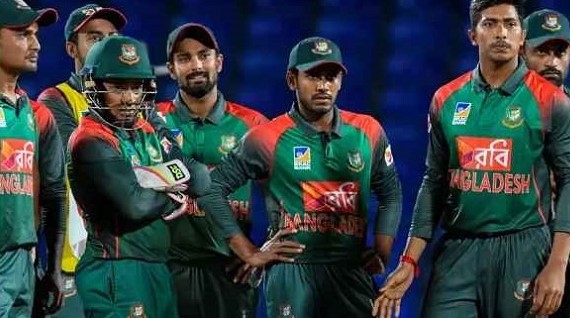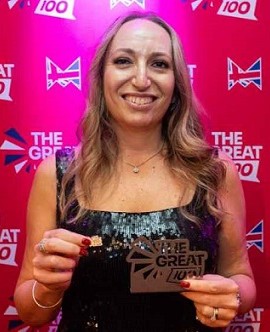Throughout her time on the throne, our beloved Queen has borne witness to more technological advancements in the way she communicates with her subjects than any of her predecessors. To celebrate her official 90th birthday this week, and as an appreciation of her ongoing commitment to embrace the changing tech landscape, new research commissioned by Three has detailed in full the extent to which this is the case in timeline form, beginning with her Coronation in 1953 – the first to ever be televised – through to the sending of an inter-galactic good luck tweet to astronaut Tim Peake earlier this year.
The story begins at her Coronation which - in 1953 - was the first of its kind to ever air on black-and-white TV screens. The popularity among the masses of the young Queen prompted sales of half a million extra TV sets in the days leading up to the ceremony, which was ultimately watched by 20 million people in Britain - 56% of the population at the time*.
The most famous ongoing line of communication the Queen has with her subjects however is her annual Christmas message, a tradition started by her grandfather King George V back in 1932.
Previously carried out through the means of radio, five years into her reign in 1957, a fresh-faced Elizabeth II was the first monarch to have her Christmas message broadcast on live television to the turkey-eating masses. Other notable firsts for the speech include it being offered in podcast form in 2006, and even being made available to view in 3D in 2012 to mark her Jubilee year.
The evolving nature of communication from the Royals is equally evidenced by the recent change in the manner of announcing a new member of the family to the world. Historically this has been done via the means of placing a proclamation of the royal birth behind the iron railings of Buckingham Palace.
This tradition was carried through right up to the most recent arrival of baby Charlotte. On this occasion, the Palace took the judicious decision to announce the birth solely through the means of Twitter via the official Kensington Palace page; the tweet would go on to be retweeted over 46,000 times.
The timeline in full is available to view online by visiting www.three.co.uk/blog
















